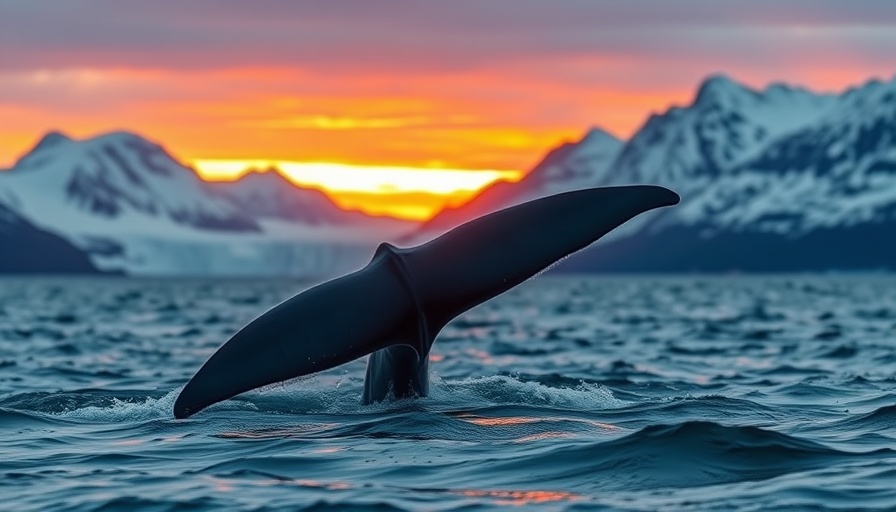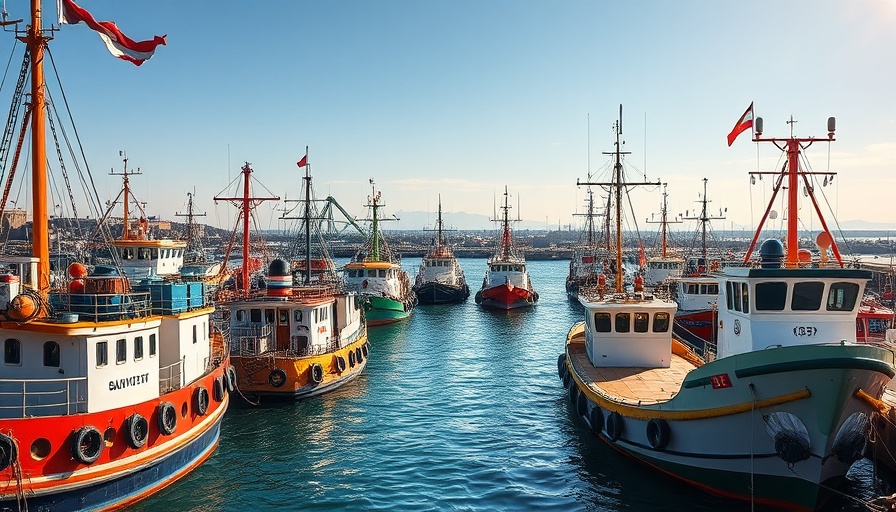
Alaska's New Island: A Glimpse into Climate Change's Impact
In a remarkable development, Glacier Bay National Park in Alaska has documented the emergence of a new island—Prow Knob—prompting critical discussions on the effects of climate change. Over the past decades, the nearby Alsek Glacier has melted at an alarming rate, reshaping the landscape and giving rise to this five-square-mile island, which now lies encircled by Alsek Lake.
Historical Context: The Changing Glacial Landscape
Glacier Bay has experienced significant transformations over centuries. Once dominated by a colossal glacier that covered most of the area, it has receded over 65 miles due to warming temperatures affecting glacial ice melt. Satellite imagery from NASA illustrates this stark retreat; back in the early 20th century, the glacier's terminus was a mere three miles from Prow Knob, while by 1984, lakeshores began to emerge on its eastern side.
Significance of Glacial Retreat: More Than Just an Island
The appearance of Prow Knob is not only a geological curiosity but also an urgent reminder of the ongoing climate crisis. Residents of Juneau, Alaska, recently faced evacuation warnings due to dangerous glacial floods, underscoring the immediate risks posed by melting glaciers. The flooding incidents, notably the record peak in 2024, highlight how glacier thawing is affecting communities, ecosystems, and wildlife in the region.
The Awe of Glacier Bay: A Call to Engage with Nature
The incredible beauty of Glacier Bay makes it a prime destination for outdoor enthusiasts. From hiking and kayaking to climbing and wildlife observation, this park remains an outdoor paradise that captivates young professionals and families alike. It serves as a perfect destination for activities such as camping and biking, promoting a direct connection with nature while also raising awareness of our environmental responsibilities.
What Can We Do? Embrace the Outdoors with Awareness
As we marvel at Alaska's breathtaking landscapes, it's essential to engage further with the environment. Participate in activities like kayaking, trekking, and wildlife watching, while also being mindful of sustainable practices. Explore nature with a sense of responsibility—every trek, every paddle, can contribute to the conservation of these beautiful ecosystems. Understanding the impact of climate change isn’t just for scientists but for everyone who appreciates the great outdoors.
 Add Row
Add Row  Add
Add 




Write A Comment